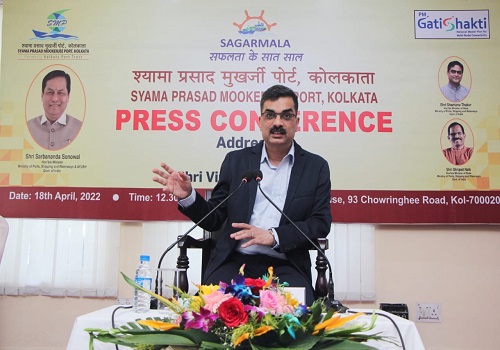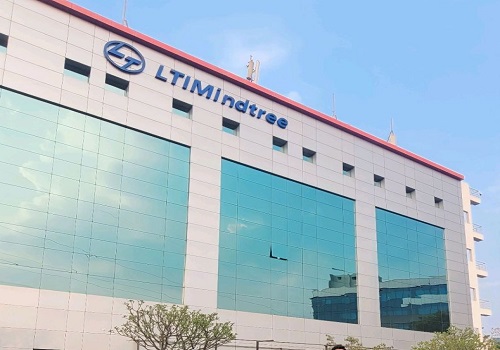Ahmedabad, Kolkata and Pune are the most affordable housing markets in the country: Knight Frank India

Follow us Now on Telegram ! Get daily 10 - 12 important updates on Business, Finance and Investment. Join our Telegram Channel
Knight Frank India in its proprietary Affordability Index cited that higher home loan rates have reduced affordability across all markets so far in 2023. As per the assessment of the affordability index, despite the change, Ahmedabad is the most affordable housing market amongst the top eight cities, with a ratio of 23% followed by Pune and Kolkata at 26% each.
Knight Frank's Affordability Index tracks the EMI (Equated Monthly Instalment) to income ratio for an average household, has witnessed steady improvement from 2010 to 2021 across the eight leading cities of India especially during the pandemic when the Reserve Bank of India (RBI) cut REPO rates to decadal lows. The central bank has raised the REPO rate by 250 bps since then to address growing inflation. This has impacted affordability by an average of 2.5% across cities and increased the EMI load by 14.4% since then. However, demand has remained unimpaired and has sustained at the multi-year highs seen in H1 2023.
Incidentally, the RBI has refrained from raising rates in the past three consecutive Monetary Policy Meetings as economic fundamentals continue to show strength and the inflation forecast remains within the upper tolerance limit of 6%.
Affordability Index of leading eight cities of India

EMI to Household Income Chart

- Note: The Knight Frank Affordability Index indicates the proportion of income that a household requires, to fund the monthly instalment (EMI) of a housing unit in a particular city. So, a Knight Frank Affordability index level of 40% for a city implies that on an average, households in that city need to spend 40% of their income to fund the EMI of housing loan for that unit. An EMI/Income ratio over 50% is considered unaffordable as it is the limit beyond which banks rarely underwrite a mortgage.
Assumptions
- EMI, housing unit size and price/ sq ft represent city-level averages.
- EMI:
- Loan Tenure – 20 years
- Loan to Value – 80%
- Home loan interest rate - Average home loan rates
- Area of housing unit: House size is fixed for each city across the years, but varies within different cities taking into account the average size preference for each city.
- Housing Price: Median housing price for that city
Housing loan interest rate chart

While overall demand has remained consistently high, its underlying components have changed significantly with the mid and premium segments (INR 5mn – INR 10 mn and above INR 10 mn, respectively) consistently outperforming the overall market. Conversely, sales in the under INR 5 mn ticket size category have trended down. Homebuyers in this segment have a much higher dependence on home loans and are therefore more sensitive to rate hikes compared to the mid and premium segment. This has been a significant factor in suppressing demand in this segment. Notably, sales in the mid-segment now comfortably exceed that of the affordable segment while those in the premium segment are catching up fast.
Mid And Premium Segments Consistently Outperform

Shishir Baijal, Chairman and Managing Director, Knight Frank India said, “The RBI’s extremely capable handling of the inflationary scenario has inspired confidence in the country’s economic environment. This is also reflected in the residential demand which is at a multi-year high and office demand which has remained resilient even as office markets globally have been struggling. The mid and premium segments in the residential market have been consistently outperforming and points to a significant shift in the market’s underlying fabric. However, the 250 bps increase in policy rates has reduced affordability across markets by 2.5% on an average. And, while the market has remained strong thus far, further interest rate increases could put pressure on homebuyer ability and senents.”
Above views are of the author and not of the website kindly read disclaimer

























